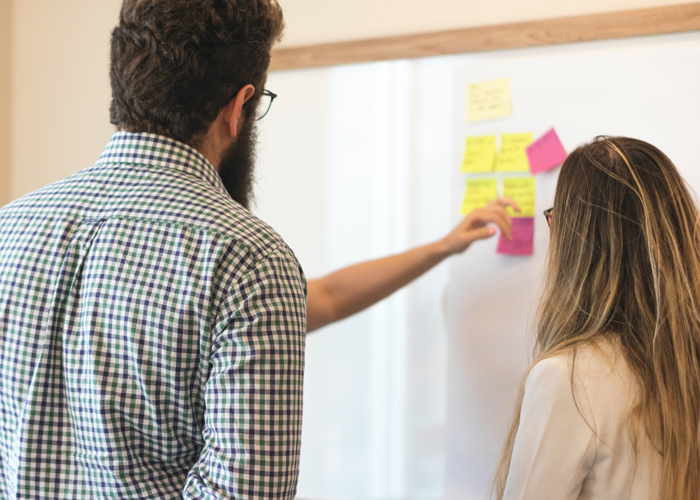Open Office: The End of the Office/ The End of Innovation
The End of the Office: The End of Innovation Why physical spaces support the creative process
“Can you please sterilise your hands before you come in?”
The receptionist at my accountant’s had never asked me that before. “Would you like a coffee while you wait?” is the question I was hoping for. But times have changed. Covid19 has seen to that.

At least my accountants are back in their offices. Many other businesses, though, are hunkered down, weathering the pandemic storm. Doing their best to survive, organisations of all shapes and sizes continue to ‘save lives and the NHS’ by keeping their staff at home.
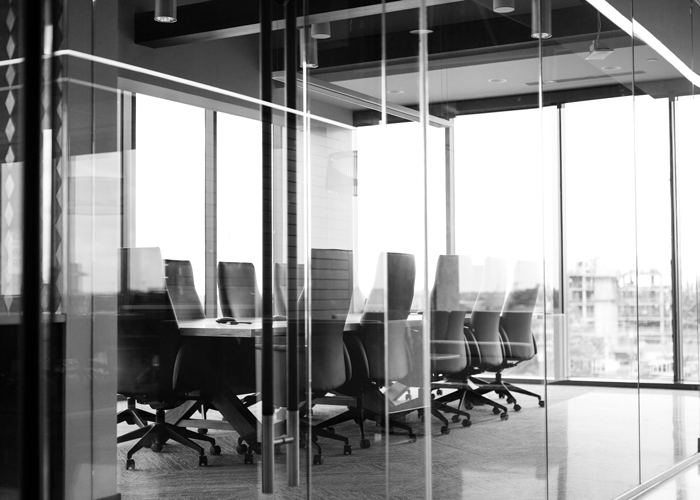
Compared to our European neighbours, Brits are reluctant to head back to their desks. According to US Bank Morgan Stanley, only 34% of UK white-collar employees are back at work, compared to between 60 – 80% in France, Italy, Spain and Germany.
The new normal of ‘Work From Home’ – WFH to those in the know – has its obvious advantages. For some, the daily commute is now merely from the kitchen table to spare bedroom. Travel costs have been eliminated, family ties strengthened, and Netflix devoured.
No one planned for this. Few were prepared. Yet, somehow, the world of business has kept turning. Slowly and hesitantly at first. But turn it has. So much so that big companies such as Google, Facebook and NatWest have told their people not to come back in until 2021. Or maybe even never.
When your business is virtual, who needs an office that is physical? What does your organisation lose when you meet in Zoom and work on a cloud?
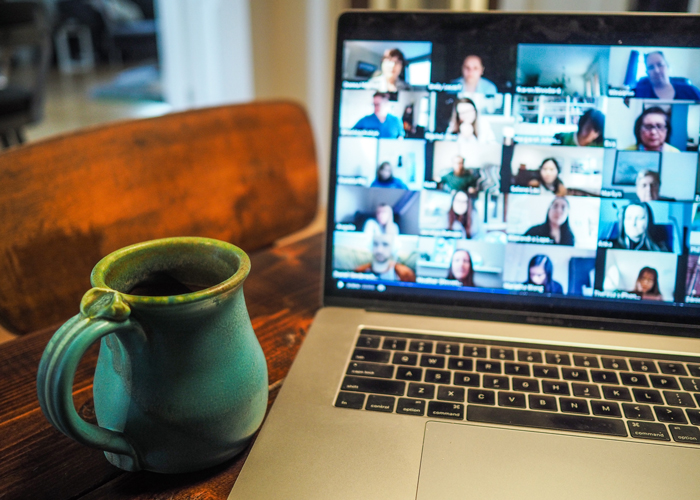
As it turns out, quite a bit.
Offices come in all shapes and sizes. But humans are all the same. People are built to bond with those they work with and communicate, as we have always done, face-to-face.
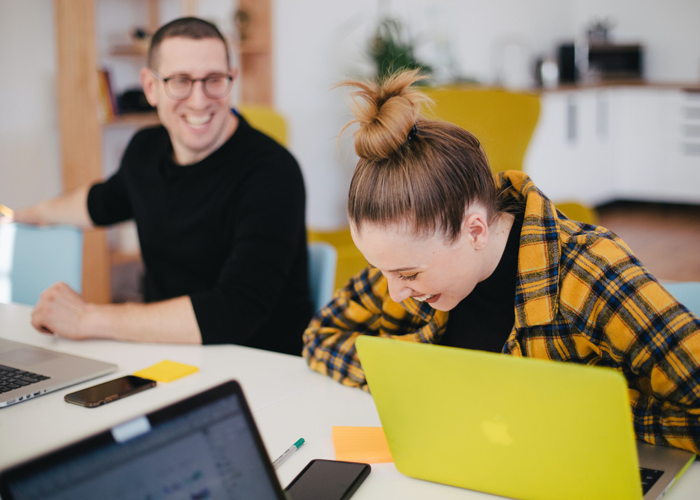
With concerns over the mental health of isolated employees, to the greater burdens placed on women, and the lack of supervision for junior colleagues, some are beginning to question the fashionable notion that the office is dead.
Like a noise we no longer hear but miss when it’s gone, businesses are waking up to the fact that workspace still has a role to play – especially when it comes to that most social of activities; innovation.
If there was ever a time when organisations needed to think differently, it is now. The pandemic is a moment of truth: bringing with it both threat and opportunity. The virus has upended entire industries and changed others beyond recognition. To survive, let alone thrive in a post-COVID future, organisations must become more innovative. Unfortunately, the signs are not good.
In 2018, Imperial College London surveyed 13K senior leaders in companies across the globe. 84% of respondents said that innovation was vital for growth. Indeed, 60% of companies in the survey had the word ‘innovation’ in their company mission or vision statements. Despite this, 94% of executives were unhappy with their innovation performance.
Why a business is or is not innovative is due to its unique set of circumstances. Entire libraries of books have been written on how companies can become more creative. But one thing is certain. Innovation does not happen only in the space between ears. It happens in the space between people.
New ideas spring from vibrant, energetic physical places. Think of the chaotic coffee houses of Georgian London and Freud’s Vienna or New York’s studio 54. Changing the world has always been a social, informal and ultimately human affair.
Successful organisations understand the importance of creative space. Many have organised their physical workplaces to support innovation. For example, as CEO, Steve Jobs insisted that Pixar Studios new 1000-person campus in Emeryville, California, be built to encourage collaboration. The building’s layout inspired people get out of their offices and mingle in the central atrium so that, as film director Brad Bird puts it, “…when people run into each other, when they make eye contact, things happen.”

And do they? John Lasseter, Pixar’s Chief Creative Officer, agreed saying that, “Steve’s theory worked from day one…I’ve never seen a building that promoted collaboration and creativity as well as this one.”
But it’s not just creative types who can benefit from social serendipity. The world-famous Francis Crick Institute – recognising the role physicality plays in biomedical breakthroughs – also designed their facilities so that ‘tribes’ bump into each other and cross-pollinate their research.
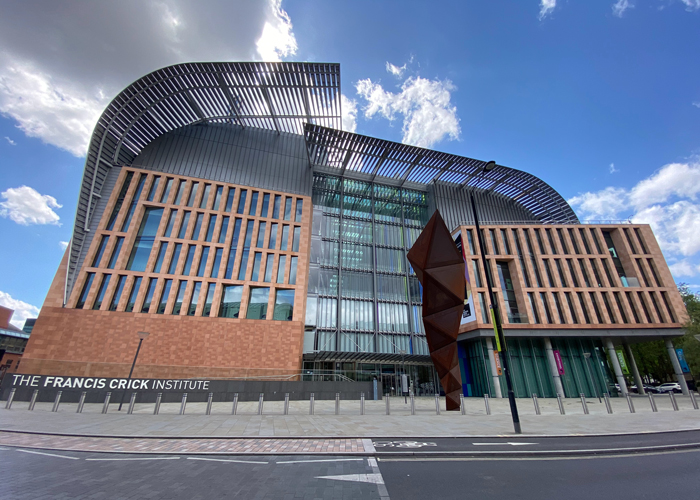
Academia supports the approach to innovation that Pixar and the Francis Crick Institute have adopted. In a recent article, Dr Bilton, Creative Industries Lead at the University of Warwick, describes how the chance encounters people have at work trigger unexpected connections and conversations. Conversations that become catalysts for creativity.
Researchers at other institutions too – as far apart as the University of Tehran to the University of Cambridge – support the notion that creativity happens at the edges of informal and in-person social networks. These are the type of social settings that occur naturally in offices but are impossible to replicate in pre-planned Skype meetings. Particularly those with attendees on mute and distracted by their emails.
Offices used to be cool. Silicon Valley chic catapulted images of funky, beanbag scattered, bare brick and stainless-steel offices into the collective consciousness. Not all offices are like that, of course. The workplaces of many British employees resemble more the TV series ‘The Office’ than the film, ‘The Intern’. Maybe that’s why 60% of them don’t want to go back?
To be fair, people are still understandably afraid. Afraid of the virus and danger it poses. That’s a perfectly logical response. Yet, as we hold tight in our house-shaped bunkers, we’re missing out on the opportunity of unstructured exchanges. Random, unplanned interactions that fuel invention. And, just like changing climate, we may not see the damage caused until it’s too late.
Maybe it won’t be so bad. Workers are, and will, slowly come back to their departments. If, for no other reason, to be part of office culture and get away from the kids.
They say you should never ‘let a good crisis go to waste. Businesses could use this time to press reset. Change things up a bit.
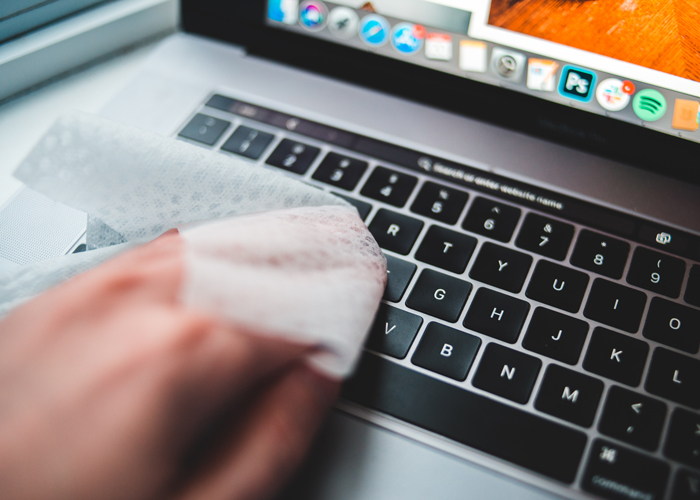
This could be the time to make offices more inviting, inspiring, uplifting and, of course, safe. This is how to encourage people back. Businesses should draw inspiration from organisations that have designed spaces to support creativity and take comfort from the data that it works. Great spaces foster great conversations which, in turn, foster significant innovations. For that reason alone, I’ll wash my hands.
